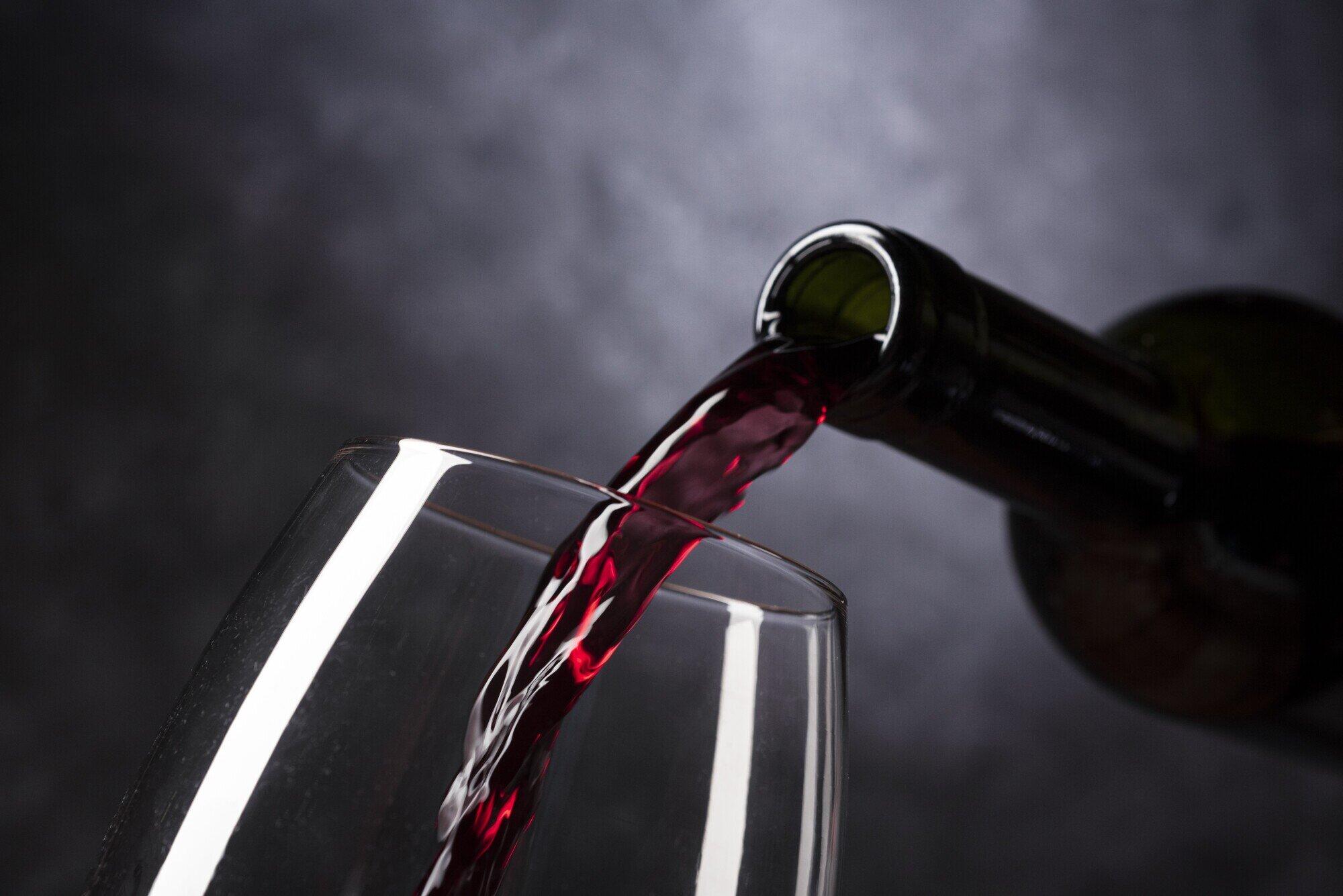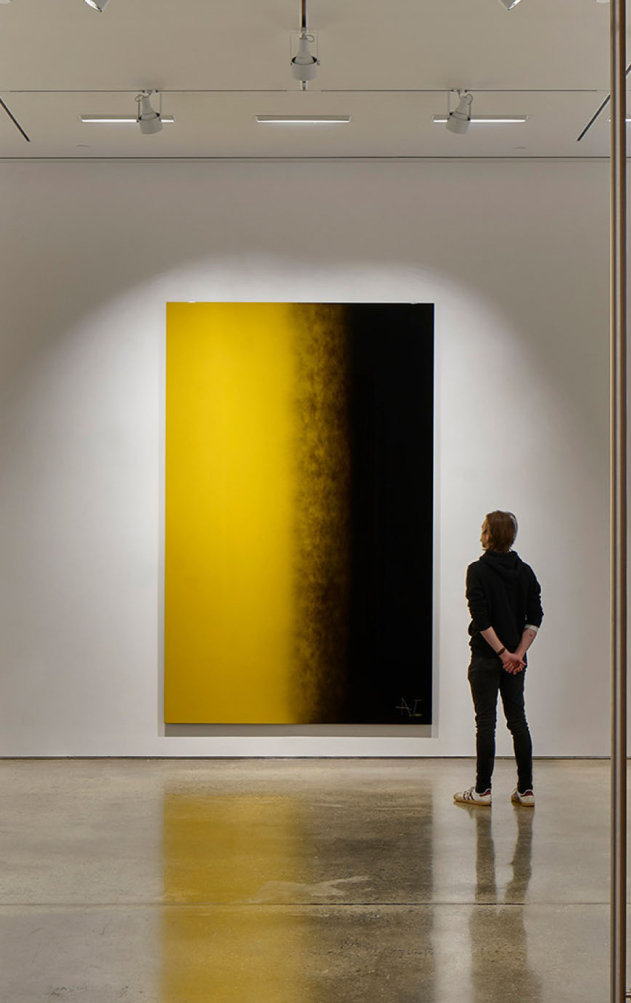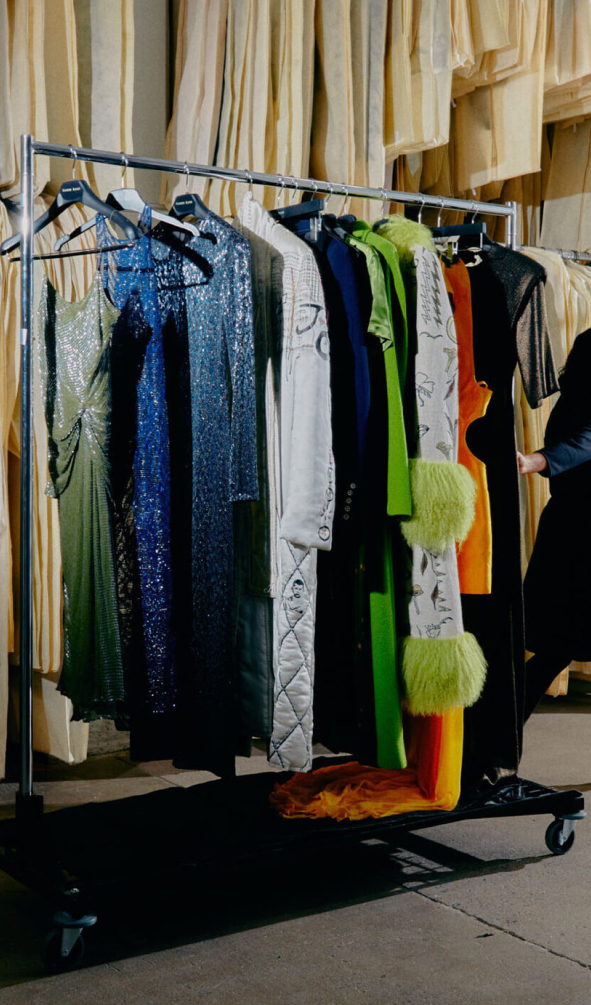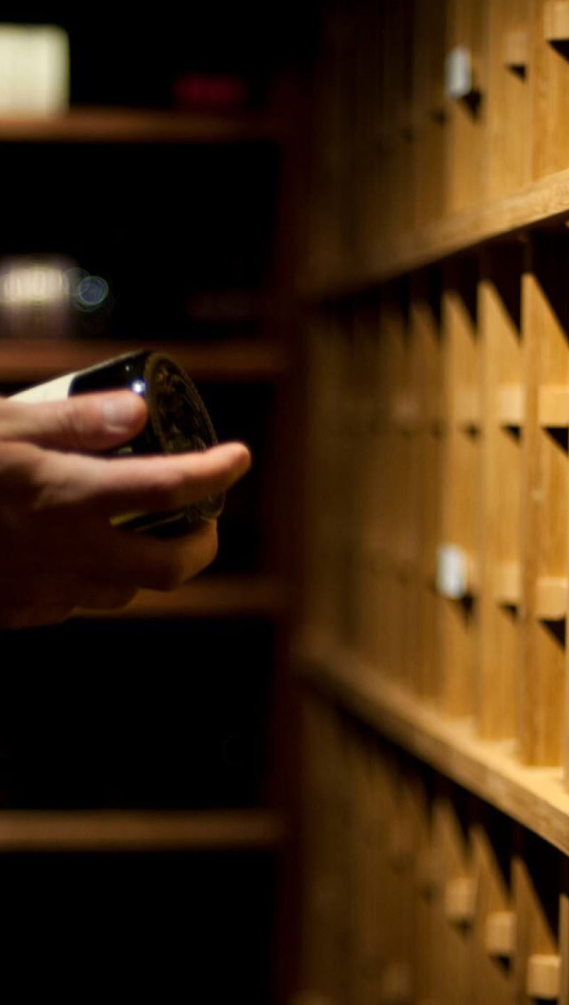
You check the label, track the vintage, and wait for the perfect occasion…only to pull the cork and find a wine that’s flat, cooked, or sour. It’s not bad luck. It’s bad storage.
The truth is, even the best bottles can be ruined quietly, sitting on a shelf where wine temperature swings with the seasons. Most collectors don’t notice the damage until it’s too late. That bottle you waited years to open? It didn’t stand a chance.
If you want to preserve wine quality, you need to understand what temperature fluctuation does and how to stop it.
The Science Behind Wine’s Sensitivity
Wine is a living product that continues to evolve after bottling. Its chemical stability is influenced by various factors, including temperature, oxygen exposure, and cork integrity.
Chemical Reactions and Wine Temperature
Temperature fluctuations can accelerate chemical reactions in wine, leading to premature aging and spoilage. For instance, higher temperatures can increase the rate of oxidation, causing the wine to lose its freshness and develop off-flavors.
Conversely, temperatures that are too low can slow down the aging process, potentially stunting the development of desired flavors and aromas.
Cork Expansion and Contraction
Corks play a crucial role in sealing wine bottles and protecting the contents from external elements. However, they are susceptible to expansion and contraction due to temperature changes.
When the temperature rises, the wine inside the bottle expands, increasing internal pressure and potentially forcing the cork outward. As the temperature drops, the wine contracts, creating a vacuum that can draw air into the bottle if the cork has been compromised. This cycle can lead to oxidation and spoilage of the wine.
This issue tends to be more common in home environments where climate control systems don’t maintain a stable range 24/7. It’s one reason that proper wine storage is often underestimated.
Effects of Temperature Fluctuations on Wine
Temperature fluctuations can have detrimental effects on wine. It can impact its flavor, aroma, and overall quality.
Oxidation and Spoilage
When wine is exposed to oxygen due to compromised corks or temperature-induced expansion and contraction, it undergoes oxidation. This process can lead to the development of undesirable flavors and aromas, such as a flat or vinegar-like taste.
Additionally, oxidation can cause the wine to lose its vibrant color and become brownish, particularly in white wines.
Heat Damage
Excessive heat can “cook” the wine, resulting in the loss of delicate aromas and the emergence of stewed or jammy flavors. This heat damage is irreversible and significantly diminishes the wine’s quality.
Some signs that a wine has been compromised due to temperature fluctuations include:
- Leaking corks
- Pushed-out corks
- Dulled flavors
- Unpleasant aromas
- Cloudy appearance
- Sticky bottle necks
These symptoms might seem subtle, yet they’re usually signs of irreversible damage. If you’ve ever opened a bottle that just didn’t taste right and couldn’t figure out why, temperature might be the culprit.
Ideal Wine Storage Conditions
Maintaining optimal storage conditions is essential to preserve wine quality and ensure proper aging.
The gold standard for wine storage is a consistent temperature of 55°F and a relative humidity of 70%. This environment minimizes the risk of temperature-induced damage and keeps corks from drying out, which can lead to oxidation.
It’s important to note that consistency is more critical than the exact temperature; fluctuations can be more harmful than a slightly higher or lower constant temperature.
Proper storage conditions not only preserve the wine’s current quality but also allow it to age gracefully, enhancing its complexity and value over time. Inconsistent or improper storage can accelerate aging in an undesirable way, leading to a decline in the wine’s market value and enjoyment potential.
Wines stored under stable conditions tend to retain their provenance and can achieve higher resale value. For collectors who view wine as both passion and investment, wine temperature control isn’t optional; it’s part of the value chain.
Limitations of Standard Home Storage
While it might seem convenient to store wine at home, standard household environments often lack the necessary conditions to preserve wine effectively.
Many people store wine in places like kitchens, basements, or garages, which are subject to temperature fluctuations and varying humidity levels. These conditions can compromise the wine’s integrity. Additionally, household refrigerators are typically too cold and dry for long-term wine storage, which can dry out corks and lead to oxidation.
While wine coolers are a step up, many consumer-grade models lack precise temperature and humidity controls. They may not provide the consistent environment required for aging fine wines, especially over extended periods.
Some common limitations of home storage solutions include:
- Lack of backup power during outages
- Inconsistent humidity control
- Small storage capacity
- Inability to monitor or log temperature fluctuations
- No fire or theft protection
Advantages of Climate-Controlled Storage
For serious collectors and enthusiasts, investing in climate-controlled storage offers a reliable solution to preserve wine quality.
Dedicated storage facilities provide stable temperature and humidity levels, protecting wines from the detrimental effects of environmental fluctuations. These controlled environments prevent issues like cork drying, oxidation, and heat damage.
They also often include advanced features like security systems, fire suppression, and inventory tracking. That level of oversight is very different from a standard cooler tucked under the counter.
Facilities like UOVO Wine offer state-of-the-art wine storage specifically designed to avoid these common pitfalls. For instance, UOVO maintains wine storage environments at 55°F and 70% average relative humidity, backed by 24/7 monitoring and redundant power systems.
Unlike many other providers, our facilities include:
- Local delivery within 1-2 days
- Digital inventory access and bottle-level cataloging
- Secure client-only access logs
This combination of climate control, security, and service means your wine is protected under every condition, not just ideal ones. For collectors with serious investments, this is a smart, long-term decision, not a luxury.
The Smart Way to Safeguard Your Collection
When it comes to preserving flavor, value, and longevity, wine temperature matters. Temperature swings can quietly destroy what makes a fine wine collectible. The solution is simple: consistent, professional storage.
UOVO Wine was built for fine wine care. Our climate-controlled facilities are kept at 55°F and 70% average relative humidity with backup power, and rigorous security, features most storage options can’t match. Whether you’re storing a few cases or a commercial inventory, our team handles your collection like it’s their own.
Request a quote today and keep your wine exactly as it should be: perfect.




